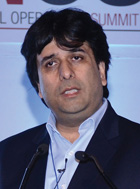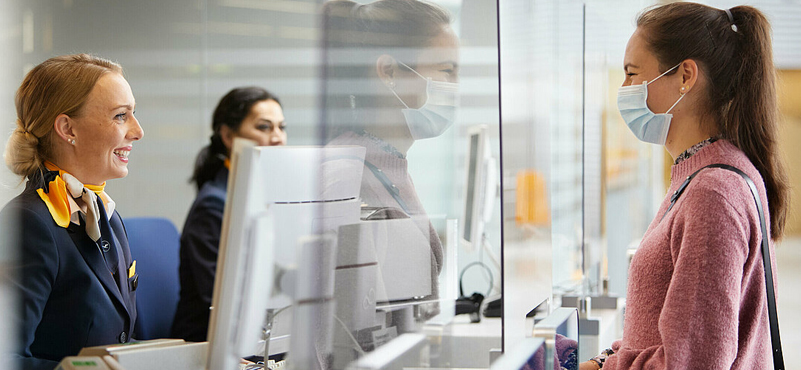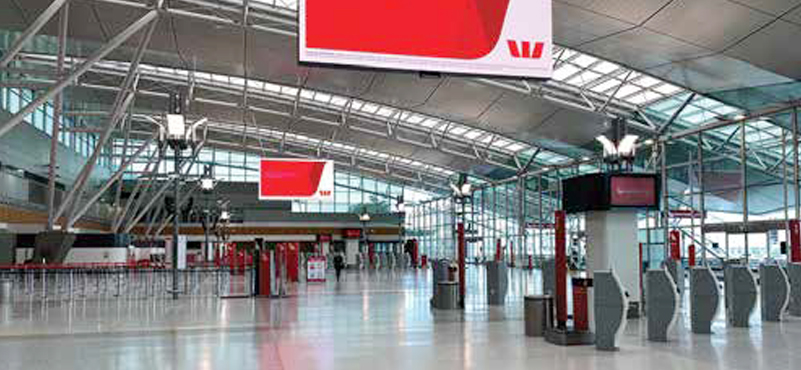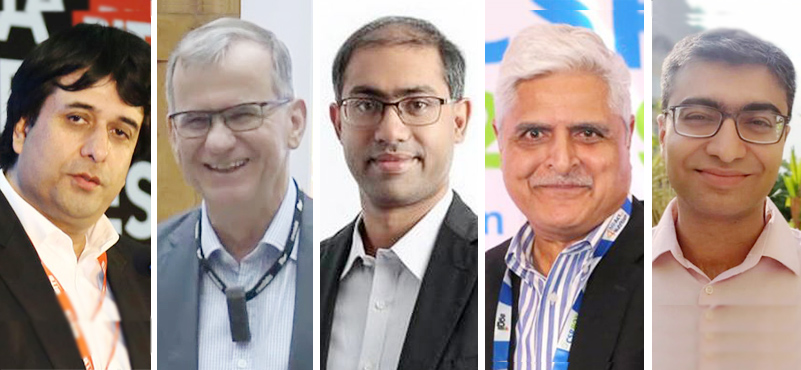Lack of airport infrastructure momentum at some of the major destinations in the country could be bad news for the hospitality industry.
Prima facie, aviation business registering a galloping growth trajectory is the good news for the branded or organised hospitality segment. Among other things, this obviously also entails more guests for the hotel operators.  The present sentiment in the Indian aviation business simply reflects a buoyant mood – with over 20 percent growth in the domestic passenger segment and a similar pattern of growth in the international segment, Indian aviation is the fastest growing market in the world today, even ahead of China. Of course, this is much in line with the overall bullish sentiments which have come back to the global aviation business after a long time thanks to the decline in oil prices. The icing on the cake is: the leaps and bounds growth pattern is likely to continue in the Indian aviation business in the near to medium run. Does it mean that the hospitality industry will be receiving a more robust supply support from the aviation business in the coming years? Kapil Kaul, CEO (South Asia) of CAPA touched upon this critical point in his presentation yesterday at HOSI and his detailed analysis did not only carry positive forecast especially in a medium term perspective. Instead, Kaul strongly suggested the hospitality industry to keep an eye on air infrastructure development in specific cities while taking a call on their future moves.
The present sentiment in the Indian aviation business simply reflects a buoyant mood – with over 20 percent growth in the domestic passenger segment and a similar pattern of growth in the international segment, Indian aviation is the fastest growing market in the world today, even ahead of China. Of course, this is much in line with the overall bullish sentiments which have come back to the global aviation business after a long time thanks to the decline in oil prices. The icing on the cake is: the leaps and bounds growth pattern is likely to continue in the Indian aviation business in the near to medium run. Does it mean that the hospitality industry will be receiving a more robust supply support from the aviation business in the coming years? Kapil Kaul, CEO (South Asia) of CAPA touched upon this critical point in his presentation yesterday at HOSI and his detailed analysis did not only carry positive forecast especially in a medium term perspective. Instead, Kaul strongly suggested the hospitality industry to keep an eye on air infrastructure development in specific cities while taking a call on their future moves.
“I see so many hotels coming up in Chennai and Pune. But the airports at these cities are nearing their saturation point. Same is the case with other airports like Ahmedabad and Jaipur. Since no fresh move is visible to augment the capacity in these buzzing centers, hoteliers must take into the consideration the emerging challenges while planning to make new moves in these cities,” Kaul emphasised. CAPA South Asia chief also shared the details of the city pairs which are fuelling the growth in the Indian aviation business, a pointer for the hoteliers to understand which way the wind is blowing in terms of traffic generation and footfalls. According to Kaul, about 15 city pairs today account for nearly 41 percent of the domestic traffic with Delhi-Mumbai (over 7 percent) and Bangalore- Delhi (over 4 percent) being the most popular routes. “Delhi, Mumbai and Bangalore are like the golden triangle of Indian aviation space today. While Delhi and Bangalore will have the capacity to absorb the projected augmentation in the traffic volume in the coming years, for Mumbai it looks doubtful due to space constraint,” he pointed out.
Meanwhile, Kaul also suggested the gathering of hotel GMs to keep a tab on aviation trends for their own benefit. “Currently, there is inadequate understanding of aviation business across industry level,” he said. He also advised the two industry streams to work more closely to derive mutual benefits. “There could be collaboration with airlines which will derive increased revenue by way of last minute inventory distribution or joint holiday package sales. Working with airline distribution teams can create new customer segments for the hospitality industry,” he recommended.




































